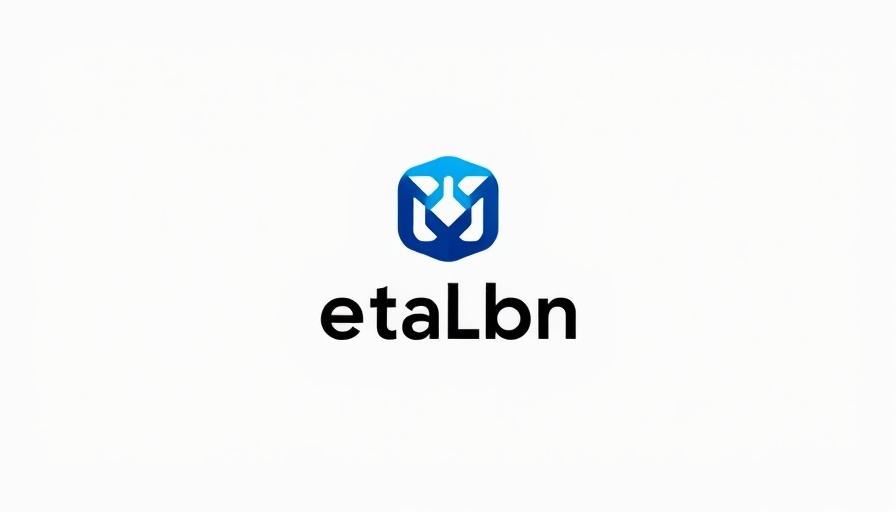
Unlocking the Power of Measurement in Advertising
In today's competitive digital landscape, effectively measuring ad performance on platforms like Facebook and Instagram is crucial for businesses of all sizes. Meta's newly released guide, "Measuring Ad Effectiveness," serves as a comprehensive tool for understanding and optimizing campaigns for better outcomes.
Identifying What Success Means for Your Business
From the outset, one of the key takeaways from Meta's guide is the importance of defining success for your campaigns. Businesses must ask questions such as: What are my specific goals? How do they relate to my brand's overall objectives? Establishing clear parameters for success will guide your measurement approach and provide focus for your marketing strategies.
Ad Measurement Categories: An Overview
Meta categorizes its ad measurement solutions into four distinct areas, allowing businesses to tailor their approach based on unique needs and objectives. Each category offers different levels of complexity and insight:
- Ad Metrics: Simple yet effective measures including reach, impressions, and engagement rates.
- Attribution: Understanding how your ads contribute to conversions across different touchpoints.
- Brand Lift Studies: Measuring the impact of your advertising on brand perception and consumer behavior.
- Sales Impact: Assessing the direct financial outcomes linked to your advertising efforts.
This categorized approach allows businesses to choose a measurement path that corresponds to their marketing maturity and resources.
The Importance of Alignment with Business Objectives
Meta emphasizes the need for alignment between ad measurement and broader business objectives. As noted, “Businesses leading in this space have consensus from the top down on marketing objectives and key performance indicators.” Companies must ensure that every measurement tool and technique correlates with defined goals—this alignment can ultimately unlock new growth opportunities. For smaller businesses and consultants, understanding this alignment can drive more effective campaigns and improved ROI.
Maximizing Meta's Ad Solutions: Practical Insights
To make the most out of Meta's measurement offerings, businesses need to consider:
- Technical Requirements: Evaluate the tools required to implement measurement practices successfully.
- Labor Capacity: Assess whether your current team can handle the technical and analytical demands ahead.
- Continuous Learning: Stay updated with industry changes and evolving measurement techniques to refine your approach continuously.
Future Trends in Ad Measurement
As advertising technologies continue to evolve, the future of ad measurement points toward increasingly sophisticated tools that leverage AI and big data. Businesses should anticipate more dynamic dashboards and real-time analytics that enable sharper decision-making. Staying ahead of these trends will empower growth and operational efficiency.
Conclusion: Taking Action for Business Growth
Every marketing dollar spent relies on the effectiveness of its measurement. With businesses gravitating toward data-driven decision-making, understanding and implementing the right measurement tools from Meta not only sets the stage for optimizing ad campaigns but also ensures sustained business growth. By aligning measurement strategies with business goals and harnessing the insights derived from Meta’s guide, you position your brand to thrive in the dynamic world of digital advertising.
Pave the way for enhanced campaign performance and elevate your business today. Explore Meta’s full guide on measuring ad effectiveness and uncover tailored strategies to fuel your growth.
 Add Row
Add Row  Add
Add 




Write A Comment